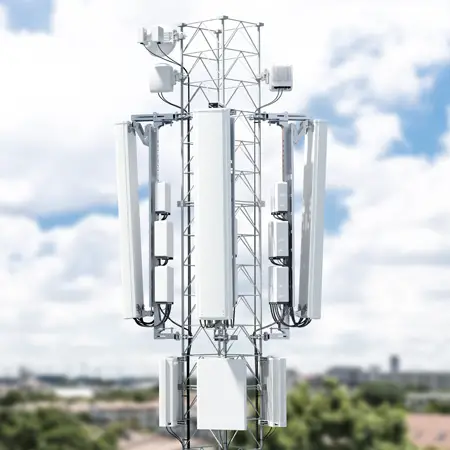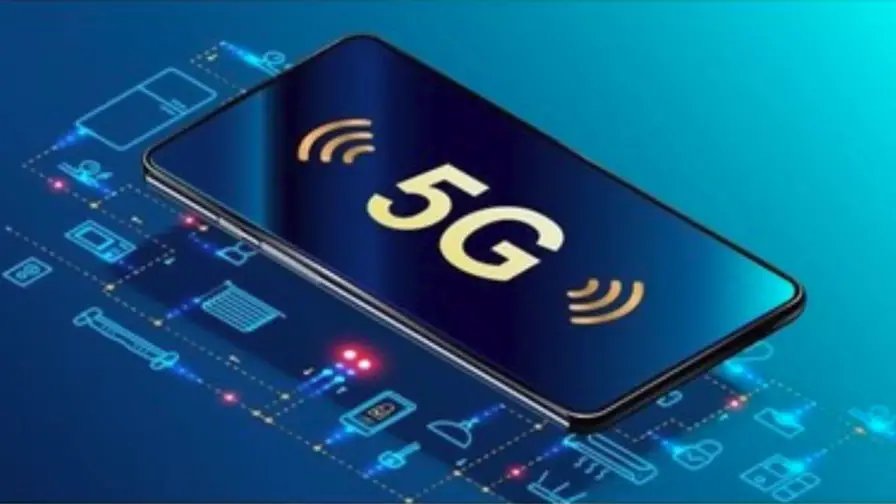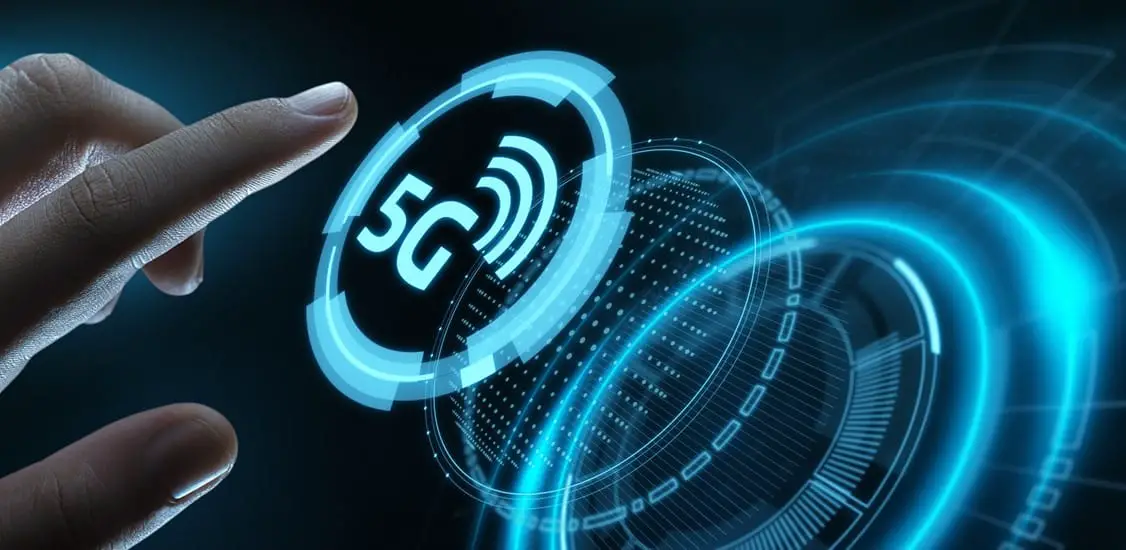5G: A New Era of Connectivity
The advent of 5G technology marks a significant leap forward in wireless communication. This next-generation network promises to revolutionize our daily lives in countless ways, from the way we work and communicate to the services we access. In this blog post, we will delve into the key aspects of 5G technology and explore its potential impact on our everyday lives.
What is 5G?

5G, or fifth-generation wireless technology, is the latest cellular network standard. It builds upon the capabilities of previous generations (1G, 2G, 3G, and 4G) by offering significantly faster speeds, lower latency, and increased capacity. These advancements are achieved through a combination of factors, including:
- Higher frequencies: 5G operates on higher frequency bands than previous generations, enabling faster data transfer rates.
- Massive MIMO: This technology employs multiple antennas to serve multiple users simultaneously, improving capacity and coverage.
- Network slicing: 5G allows for the creation of virtual networks within a physical network, enabling tailored services for different applications.
The Impact of 5G on Daily Life
The potential impact of 5G technology on our daily lives is vast and far-reaching. Here are some of the key areas where we can expect to see significant changes:
1. Enhanced Mobile Experiences:
- Faster speeds: 5G will deliver significantly faster download and upload speeds, allowing for smoother streaming, gaming, and downloading of large files.
- Lower latency: Reduced latency will enable real-time applications, such as virtual reality, augmented reality, and remote surgery.
- Improved connectivity: 5G will provide more reliable and consistent connectivity, even in crowded areas and remote locations.
2. Smart Cities:
- Connected infrastructure: 5G will enable the interconnection of various urban infrastructure elements, such as traffic lights, smart grids, and public transportation systems.
- Intelligent transportation: 5G-powered autonomous vehicles can communicate with each other and with the surrounding environment, improving safety and efficiency.
- Smart homes: 5G will facilitate the integration of smart devices and appliances, creating more connected and efficient homes.
3. Industry 4.0:
- Industrial IoT: 5G will enable the widespread adoption of the Industrial Internet of Things (IIoT), allowing for real-time monitoring, control, and optimization of manufacturing processes.
- Remote operations: 5G will support remote control and monitoring of machinery and equipment, reducing downtime and improving productivity.
- Supply chain management: 5G can enhance supply chain visibility and efficiency by providing real-time tracking of goods and materials.
4. Healthcare:
- Remote monitoring: 5G will enable remote monitoring of patients, allowing for early detection of health issues and improved care.
- Telemedicine: 5G will facilitate high-quality video consultations between patients and healthcare providers, expanding access to medical care.
- Medical devices: 5G can enable the development of new medical devices with enhanced capabilities, such as remote-controlled surgical robots.
5. Education:
- Virtual classrooms: 5G will enable high-quality virtual classrooms, providing access to education for students in remote areas.
- Augmented reality learning: 5G can enhance learning experiences by incorporating augmented reality elements into educational content.
- Online collaboration: 5G will facilitate seamless online collaboration between students and teachers, regardless of their location.
6. Entertainment:
- Immersive experiences: 5G will enable immersive experiences, such as virtual reality gaming and live streaming in 4K or even 8K resolution.
- Cloud gaming: 5G will make cloud gaming more accessible, allowing users to play high-quality games without the need for powerful hardware.
- Personalized content: 5G can enable the delivery of personalized content based on individual preferences and behaviors.
Challenges and Considerations
While the potential benefits of 5G are significant, there are also challenges and considerations to be addressed:
- Spectrum allocation: The allocation of spectrum for 5G services can be a complex and contentious issue.
- Infrastructure investment: Deploying 5G infrastructure requires significant investment, which may be a barrier for some regions.
- Security and privacy: Ensuring the security and privacy of data transmitted over 5G networks is a critical concern.
- Job displacement: The introduction of 5G technology may lead to job displacement in certain sectors.
Conclusion

5G technology has the potential to transform our daily lives in countless ways. From enhanced mobile experiences to advancements in industries like healthcare and education, the impact of 5G is far-reaching. As the technology continues to evolve and mature, we can expect to see even more innovative applications and benefits.5G: A New Era of Connectivity





